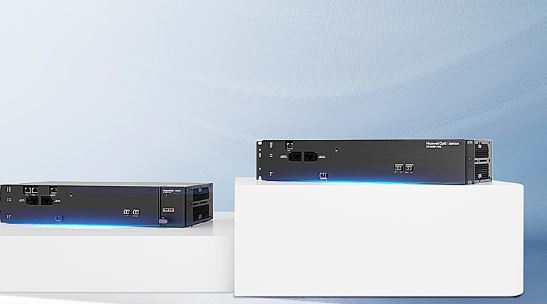Optical sensors are pivotal in numerous industries for their precision and ability to measure various physical parameters, such as temperature, pressure, and displacement, through light. These sensors offer non-invasive, accurate, and real-time data collection, making them essential for critical applications, from industrial monitoring to security systems. Selecting the right optical sensing depends on understanding the specific requirements of your project and the unique features of available sensors.

Tips for Choosing Optical Sensing
Here are tips for choosing optical sensing for your needs:
Types of Optical Sensors
Optical sensors can be categorized into several types, each designed for different applications. Fiber optic sensors, for instance, use light to detect changes in temperature, strain, or pressure. These sensors are ideal for environments where electromagnetic interference is a concern, or where traditional sensors cannot function due to environmental conditions. On the other hand, photodiode and phototransistor-based optical sensors are more suitable for detecting light and converting it into an electrical signal, commonly used in proximity sensing and light detection systems.
Consider the Application
When choosing an optical sensor, the first step is to clearly define the application. For example, if you're monitoring temperature changes along a pipeline, a distributed temperature sensing system would be ideal. In contrast, if your application involves detecting a specific object or motion, a simple light-based optical sensor might be sufficient. The key is to choose a sensor that aligns with the specific parameter you need to measure, whether that be temperature, pressure, strain, or light intensity.
Environmental Considerations
Environmental conditions play a crucial role in determining which optical sensor is best suited for your needs. Harsh environments, such as high temperatures, extreme humidity, or corrosive chemicals, may require more rugged, specialized sensors. For instance, the Huawei OptiXsense EF3000-A50, a distributed optical fiber sensing system, is specifically designed for challenging environments, like monitoring pipelines. It can quickly detect and locate pipeline threats, reporting alarms in real-time using optical fibers deployed along the pipeline. This makes it an ideal solution for 24/7, unattended inspection of oil and gas pipelines, where constant monitoring is crucial to prevent potential hazards.
Sensitivity and Accuracy
The accuracy and sensitivity of an optical sensor are vital for its effectiveness in any application. Some sensors may offer high precision but at the cost of sensitivity, or vice versa. Depending on the task, you may need a sensor that can detect minute changes in environmental conditions. For example, applications that require real-time monitoring of critical infrastructure, such as pipelines or power lines, demand high-accuracy sensors that can identify even the smallest disruptions. It is essential to select a sensor that strikes the right balance between sensitivity and accuracy based on your specific needs.
Response Time
In many applications, especially in safety-critical industries, the response time of the sensor is paramount. A slower response time may result in delays in identifying potential threats or changes in conditions, which could have serious consequences. Optical sensors are generally known for their fast response times, but some models are designed to provide quicker responses than others. When selecting a sensor, you should consider how quickly the sensor needs to respond to changes and ensure it can meet the time requirements of your application.

Integration and Compatibility
Another crucial factor to consider is the integration of the optical sensor with your existing systems. Depending on your setup, the sensor may need to communicate with other devices, such as control systems, alarms, or data acquisition units. It is essential to choose a sensor that is compatible with your infrastructure. Many modern optical sensors offer easy integration with other technologies, such as IoT devices, enabling seamless communication and real-time monitoring.
Conclusion
Selecting the right Optical Sensing for your needs requires a comprehensive understanding of the application, environmental conditions, sensor capabilities, and integration requirements. Whether you are monitoring pipelines with the Huawei OptiXsense EF3000-A50 or measuring light intensity in a factory, taking the time to carefully assess these factors will ensure that you choose a sensor that meets both your technical and operational demands.
